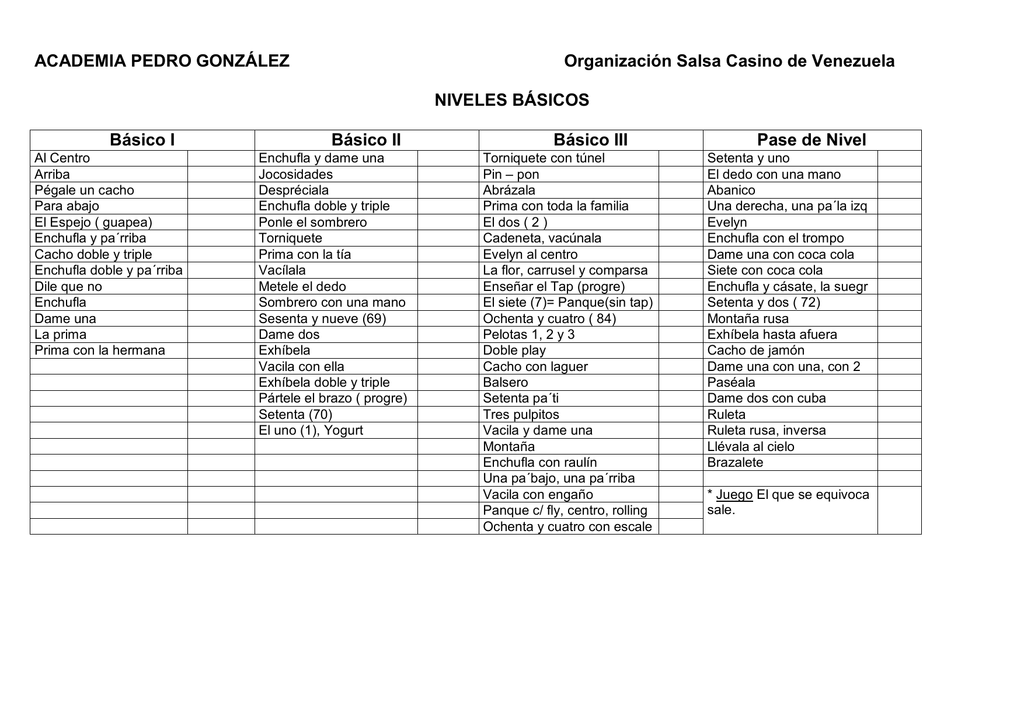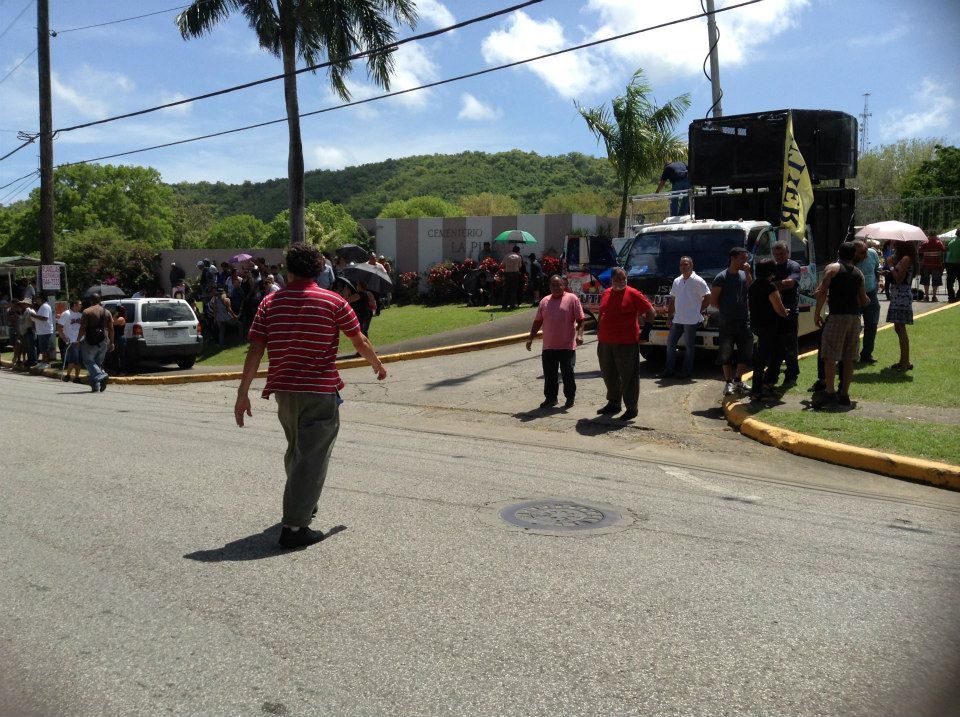Paso Coca Cola Salsa Casino
Recorded at salsa school La Casa del Son in Havana, Cuba. Pa Ti Pa Mi or Paso de Casino (For You For Me or Casino Step). Cuban-Style Salsa Lesson 10.
Salsa dance movements originate from the Cuban Son dancing of the 1940s more specifically through the beat of Son Montuno with strong influences from the dance of Danzon, Mambo, Guaguanco and other Afro-Cuban folkloric dancing.
- 7 con coca cola. Dame con azucar. Enchufla de kohley. Sacala con vaciia. Sombero con mambo (a lo cubano) El pulpo. Dame y no llegas. Dame con sorpresa. Enchufla con yuca. Coca cola pa’fuera. Vacila con bum bum ba. Pasala a lo cubano (pa’bajo, pa’rriba.
- The sweepstakes promotions and prizes (Sweeps Coins) offered at Global Poker are operated by VGW Games Limited and are regulated by the Paso Paso Coca Cola Salsa Casino Coca Cola Salsa Casino Malta Gaming Authority (MGA), licence no. MGA/B2C/188/2010 issued on the 14th August 2017. The registered address of VGW Games Limited is 5-7 Matilda.
Today there are many various styles of salsa dancing because of geographical dispersion and cultural syncretism. The most well-known styles are Cali-style (from Colombia), Cuban-style (“Casino”), LA-style, New York-style, and Puerto Rican-style.
Salsa is typically a partner dance, although there are recognized solo forms (Floor Shines/ Shines), line dancing (suelta), and Rueda de Casino, where groups of couples exchange partners in a circle. Salsa can be improvised or performed with a set routine, choreography and freestyle.
There are a few basic steps of Salsa. The most common is the three weight changes (or steps) in each four-beat measure. The beat on which one does not step might contain a tap or kick, or weight transfer may simply continue with the actual step not occurring until the next beat. The option chosen depends upon individual choice and upon the specific style being danced. One of the steps is called a “break,” which involves a change in direction. Different styles of Salsa are often differentiated by the timing of the break step (On Beat “Downbreak on 1” or Off Beat “Up beat on 2”). After 6 weight changes in 8 beats, the basic step cycle is complete. While dancing, the basic step can be modified significantly as part of the improvisation and stylings of the people dancing.
In some styles of salsa, such as LA and New York style, the dancers remain in a slot or line (switching places), while in some Latin American styles, such as Cuban style, the dancers circle around each other, sometimes in 3 points. This circular style is especially true for casino rueda[2] dancing. Salsa dances are commonly held in night clubs, ballrooms, restaurants, and outside, especially if part of an outdoor festival. Salsa dancing is an international dance that can be found in most metropolitan cities in the world. Festivals are held annually, often called a Salsa Congress, in various host cities aimed to attract variety of salsa dancers from other cities and countries. Music suitable for dancing ranges from about 150 bpm (beats per minute) to around 250 bpm, although most dancing is done to music somewhere between 160–220 bpm. Every Salsa composition involves complex African percussion based around the Clave Rhythm. Incorporating other dance styling techniques into salsa dancing has become very common, for both men and women: shimmies, leg work, arm work, body movement, spins, body isolations, shoulder shimmies, rolls, even hand styling, acrobatics and lifts.
Latin American styles originate from Cuba and surrounding Caribbean islands and then expanding to Venezuela, Colombia, Nicaragua, Puerto Rico, the Dominican Republic, and the rest of the Hispanic countries; also heavily influence “Miami” style which is a fusion of Cuban style and North American version. The styles include “Casino”, Miami-Style, Cali-style and Venezuelan Style. North American styles have different characteristics: Los Angeles style breaks on the first beat “On 1” while New York style breaks on the second beat “On 2”. Both have different origins and evolutionary path, as the New York Salsa is heavily influenced by Jazz instruments in its early growth stage.
Paso Coca Cola Salsa Casino Atlantic City
also known as Colombian Salsa, is based on geographical location of the Colombian City of Cali. Cali is also known as the “Capital de la Salsa” (World’s Salsa Capital); due to salsa music being the main genre in parties, nightclubs and festivals in the 21st century. The basic step of Colombian Salsa is the “Atras” or “Diagonal”; breaking backwards diagonally instead of moving forwards and backwards as seen in the New York and L.A. Style. Dancers do not shift their body weight greatly as seen in other styles. Instead, dancers keep their upper body still, poised and relaxed while the feet execute endless intricacies. The dancer breaks mostly On1 (sometimes On3), with short measures of “4” instead of full “8” counts. A major difference of Cali Style and the other styles is the footwork which has quick rapid steps and skipping motions. They do not execute Cross-body Leads or the “Dile Que No” as seen in LA/New York-style and Cuban-style salsa, respectively. Their footwork is intricate and precise, helping several Colombian Style dancers win major world championships. Cali hosts many annual salsa events such as the World Salsa Cali Festival and Encuentro de Melomanos y Coleccionistas.
also known as Casino, is popular in many places around the world, including in Europe, Latin America, North America, and even in some countries in the Middle East. Dancing Casino is an expression of popular social culture; Latin Americans consider casino as part of social and cultural activities centering around their popular music. The origins of the name Casino are derived from the Spanish term for the dance halls where a lot of social Salsa dancing was done in Cuba during the mid-20th century and onward.
Historically, Casino traces its origin as a partner dance from Cuban Son dancing, and its rhythmic body motions from Afro-Cuban Rumba heritage. Son is considered an older version and ancestor to Salsa. Musically, the beats 1, 3, 5 and 7 are considered downbeats; whereas 2, 4, 6 and 8 are considered upbeats. Casino was popularized in the late 1950s as the Cuban Son received upbeat and quicker arrangements by musicians. Casino has a very independent development, free from external influences such as Puerto Rican and North American dances partly due to the effect of the Cuban Embargo.

Paso Coca Cola Salsa Casino No Deposit
